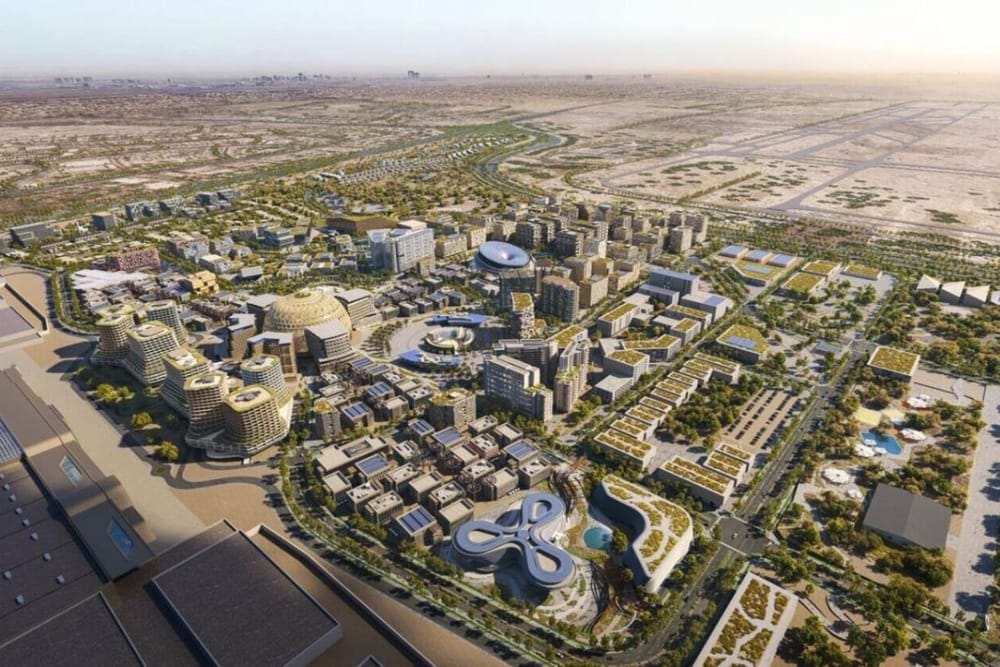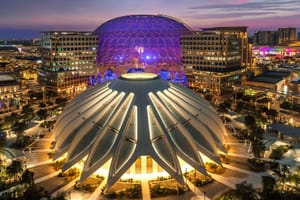Dubai’s visionary Expo City will not be entirely vehicle-free as initially proposed, but it will prioritise pedestrian movement and sustainable transport, according to Ahmed Al Khatib, Chief Development Officer of Expo City Dubai.
The newly approved master plan seeks to balance the necessity of vehicles for private, delivery, and emergency services with the city’s pedestrian-first ethos.
Al Khatib explained that the city’s layout encourages public transport, soft mobility options, and ample parking hubs on its periphery. Traffic calming measures such as speed restrictions and narrowed roads will enhance safety, while 70% of pedestrian walkways will feature shaded paths to ensure comfort. A central “Green Loop” will connect natural spaces with urban areas, creating seamless pedestrian access.
Expo City Dubai, spanning 3.5 square kilometers, will retain over 80% of the infrastructure from Expo 2020, including iconic landmarks like Al Wasl Dome, Terra, and the UAE Pavilion. The city will be home to more than 35,000 residents and 40,000 professionals, with phased developments like Expo Valley and Mangrove Residences set to welcome their first residents by 2026.
Key districts in the city include Expo Hills, a low-density residential community; Expo Fields, promoting healthy living with sports and education facilities; and Expo Business, offering a campus-like environment for enterprises. The Downtown area will feature new attractions, such as Terra Tower and floating Terra Gardens.
The master plan also positions Expo City as a hub for global businesses, with companies like DP World, Siemens Energy, and Emirates Group already establishing a presence. With plots for investors and a growing business district, Expo City aims to be a cornerstone of Dubai’s urban and economic future.
News Source: Khaleej Times









